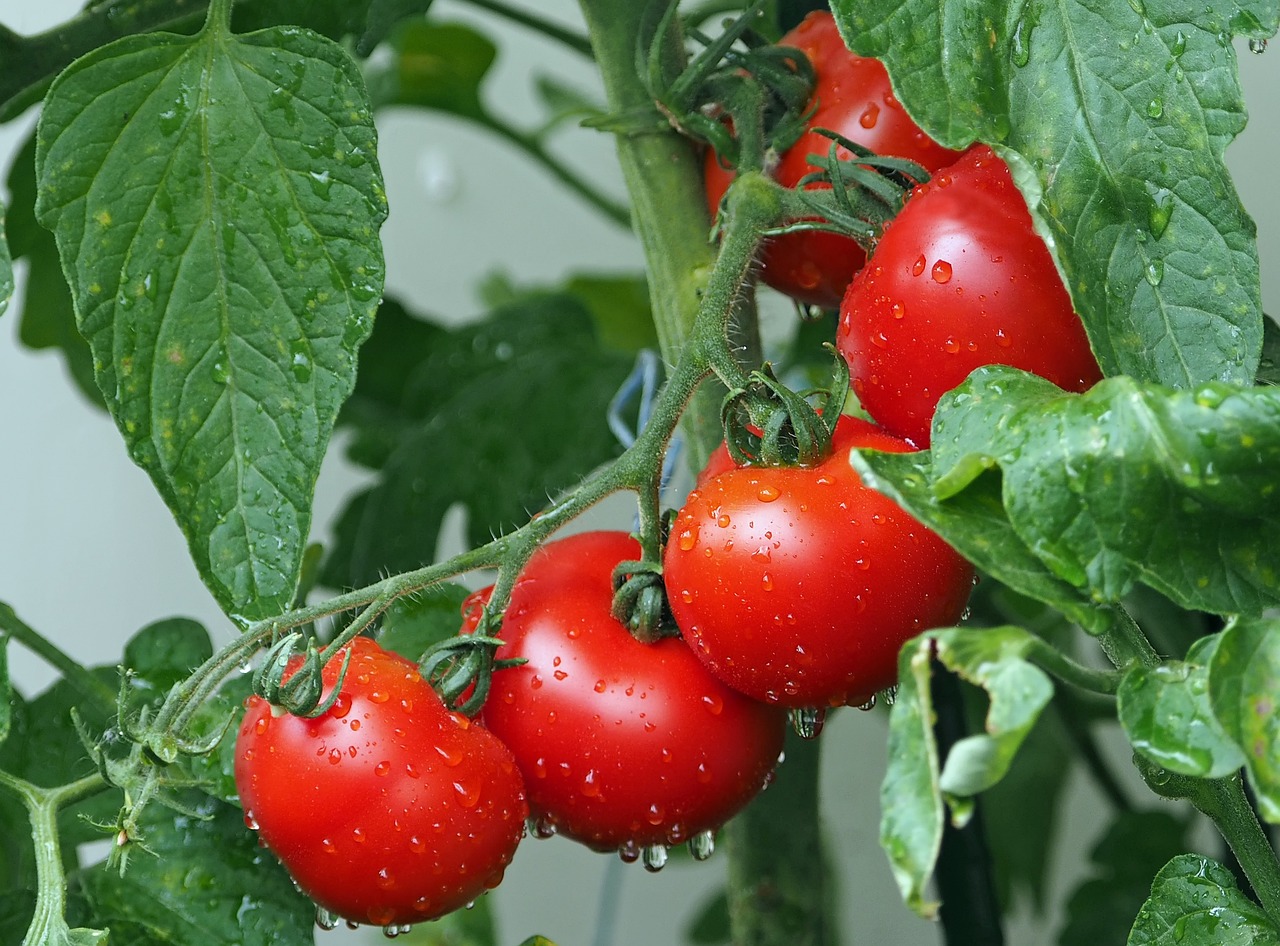 What’s wrong with the punctuation in this sentence?
What’s wrong with the punctuation in this sentence?
×Tomatoes bought in the supermarket have poor flavour, tomatoes grown organically in vegetable gardens taste much better.
What is wrong with it? The comma in the middle.
Why? Because these are two complete statements, so they can’t be joined with just a comma. There are several ways to make this right.
1 – Change the comma to a full stop:
√ Tomatoes bought in the supermarket have poor flavour. Tomatoes grown organically in vegetable gardens taste much better.
2 – Change the comma to a semicolon. Use this if you want to stress the idea that the two sentences are closely related.
√ Tomatoes bought in the supermarket have poor flavour; tomatoes grown organically in vegetable gardens taste much better.
3 – Use a connecting word. Perhaps more interesting than 1 and 2, don’t you think?
√ Tomatoes bought in the supermarket have poor flavour, while tomatoes grown organically in vegetable gardens taste much better.
Remember to avoid using a comma between two complete sentences in future writings. 🙂
Additional note: listing commas
So, as we have established you cannot join two complete sentences with a comma but 3 or more sentences may be joined with listing commas.
And what are listing commas?
Here is an example:
Victoria is a teacher, Susan is a doctor and Tina is a receptionist.
Here the comma means and. It wouldn’t sound right if we said:
× Victoria is a teacher and Susan is a doctor and Tina is a receptionist.
On the other hand, we could separate the 3 sentences but it sounds quite abrupt.
× Victoria is a teacher. Susan is a doctor. Tina is a receptionist.
So, instead, we can replace and by a listing comma.
Victoria is a teacher, Susan is a doctor and Tina is a receptionist.
To finish, there is no need for a listing comma before the word and in British English.